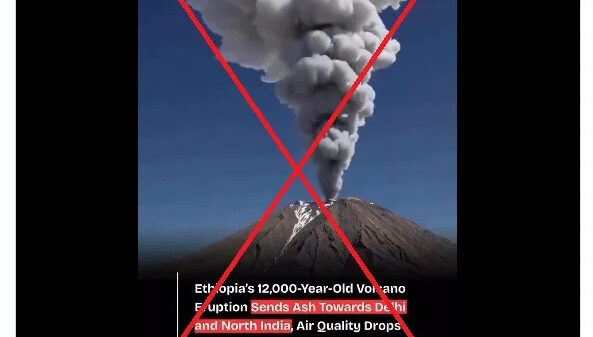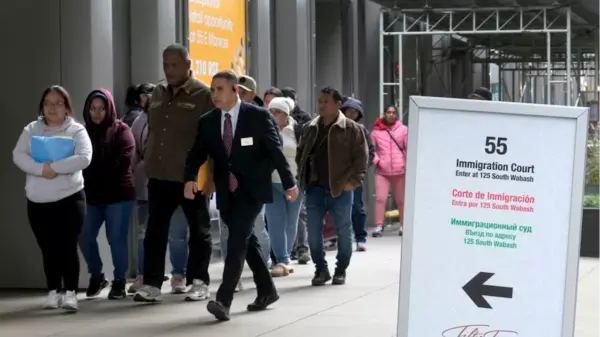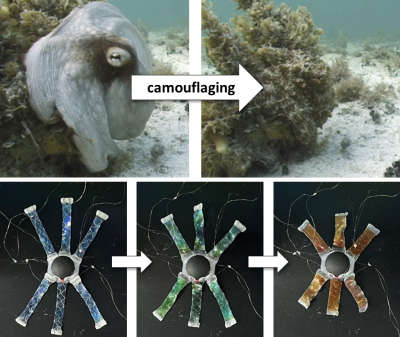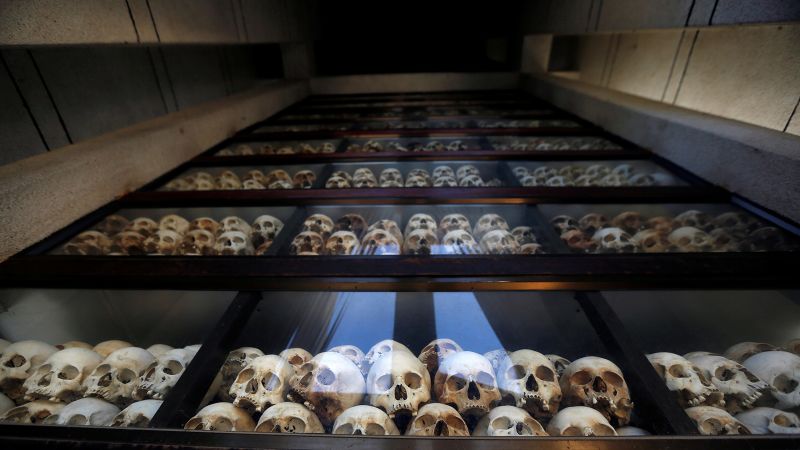Three locations in Cambodia, historically significant as torture and execution sites during the Khmer Rouge regime, have been officially added to the UNESCO World Heritage List. This announcement was made on October 27, 2023, during the 47th Session of the World Heritage Committee held in Paris. The inclusion coincides with the 50th anniversary of the Khmer Rouge’s rise to power, a period characterized by severe human rights violations resulting in the deaths of an estimated 1.7 million Cambodians between 1975 and 1979.
The sites recognized include the Tuol Sleng Genocide Museum in Phnom Penh, known as S-21, where approximately 15,000 individuals were imprisoned and subjected to torture. Another site is the M-13 prison, located in rural Kampong Chhnang, which served as one of the main detention facilities of the Khmer Rouge. Lastly, Choeung Ek, situated about 15 kilometers (10 miles) south of the capital, was notorious as an execution site and mass grave, famously depicted in the film “The Killing Fields,” which recounts the experiences of photojournalist Dith Pran and journalist Sydney Schanberg.
Historical Context and Significance
The Khmer Rouge seized control of Phnom Penh on April 17, 1975, forcibly relocating nearly the entire urban population to rural areas. This brutal regime implemented a radical agrarian socialist policy, resulting in widespread suffering, famine, and death until Vietnam intervened in 1979, leading to the regime’s collapse.
In September 2022, the UN-backed Extraordinary Chambers in the Courts of Cambodia, known as the Khmer Rouge tribunal, concluded its operations. Over its 16 years of investigation, the tribunal allocated approximately $337 million but ultimately convicted only three senior leaders for their roles in the atrocities.
Cambodian Prime Minister Hun Manet expressed the importance of this UNESCO listing, urging citizens to commemorate the event by beating drums across the country. In a video message, he stated, “May this inscription serve as a lasting reminder that peace must always be defended. From the darkest chapters of history, we can draw strength to build a better future for humanity.”
Educational Implications and Future Prospects
Youk Chhang, executive director of the Documentation Center of Cambodia, highlighted the significance of this recognition in educating present and future generations about the nation’s painful legacy of genocide, torture, and mass atrocities. He noted, “Though they were the landscape of violence, they too will and can contribute to heal the wounds inflicted during that era that have yet to heal.”
The UNESCO inscription marks Cambodia’s first nomination of a modern and non-classical archaeological site, representing a significant step in heritage preservation associated with recent conflict. Prior to this, Cambodia had four archaeological sites listed, including the renowned Angkor and Preah Vihear temples.
This recognition by UNESCO is not only a tribute to the resilience of Cambodians but also serves as a global reminder of the past, aiming to foster awareness and understanding of the atrocities committed during the Khmer Rouge era.





































































